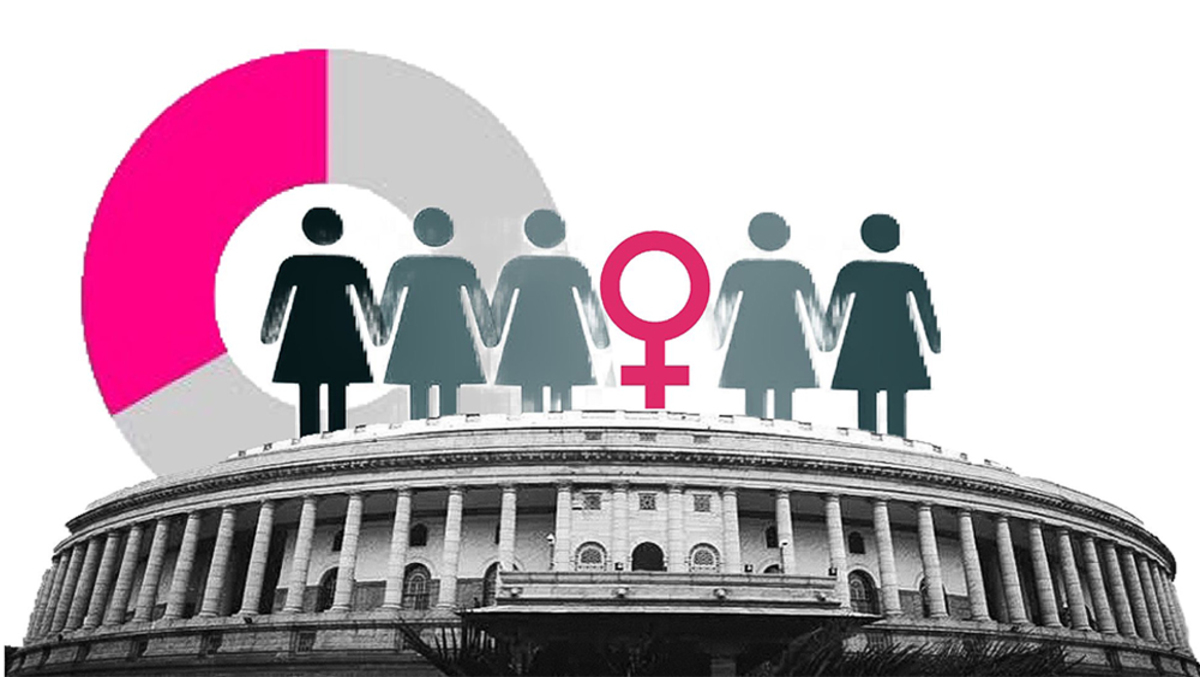Context:
In the recently concluded general elections in the U.K., a record 263 women MPs (40%) have been elected to the House of Commons.
Background:
India provided the right to vote for all its women right from the first general elections in 1952. While the right to vote was provided to all women since the commencement of the Constitution, the representation of women in the Lok Sabha and State legislative assemblies has been far from satisfactory.
Women representatives in independent India:
- The percentage of women MPs in the Lok Sabha had been very low between 5% and 10% till 2004. It rose marginally to 12% in 2014 and currently stands at 14% in the 18th Lok Sabha.
- The representation in State Legislative Assemblies is even poorer with the national average being around 9%.
- As on April 2024, India ranks 143 in the list of countries in the ‘Monthly ranking of women in national parliaments’ published by the Inter-Parliamentary Union, a global organisation for national parliaments.
- The Trinamool Congress has the highest proportion of women MPs in the current Lok Sabha at 38%.
- The ruling Bharatiya Janata Party and principal Opposition Congress party have around 13% each.
- Naam Tamilar Katchi, a State party in Tamil Nadu, has been following a voluntary quota of 50% for women candidates in the last three general elections.
How do women MPs fare worldwide?
Women representation in parliament varies across different democracies.
It is a perennial issue to promote higher representation for women who constitute half the population in all countries.
The important methods used across the world to ensure higher representation of women are:
- voluntary or legislated compulsory quotas for candidates within political parties and
- quota in parliament through reservation of seats.
Quotas within political parties provide more democratic choice to voters and allows flexibility to parties in choosing women candidates.
Opponents of having a reserved quota in parliament for women argue that it would be seen as women not competing on merit. As the seats reserved for women would be rotated after each delimitation, it may also reduce the incentive for MPs to work hard to nurture their constituencies.
What is the 106th amendment?
- Parliament through the 106th constitutional amendment provided for one-third reservation of seats for women in the Lok Sabha and State legislative assemblies.
- This reservation shall come into effect based on the delimitation exercise after the relevant figures of the first Census conducted after the commencement of this act is published.
- Hence, the Census which is overdue since 2021 should be conducted without any further delay to ensure that this reservation is implemented starting with the general elections in 2029.




Comments (0)